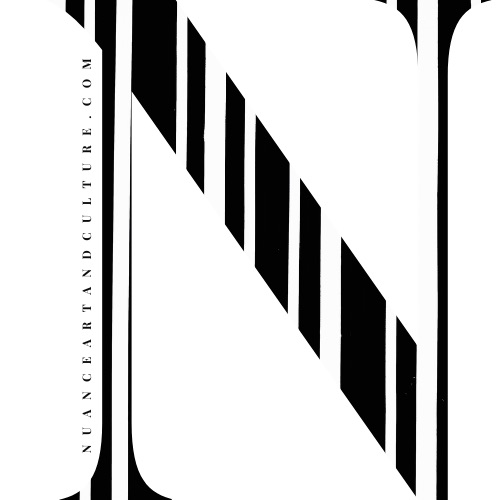Data Base of Forbidden Words

Medium: Ink-Wash on Rice Paper
Dimensions: 85 cm x 85 cm
Year: 2014
Piece Description:

“I have in my hand a dictionary of Chinese Taboo Words compiled by the Zhonghua Book Company in the 1990s, in which all the annotations of “taboo words” throughout past dynasties are included. It is quite a unique and interesting dictionary. Of course, it can also confirm contemporary history by providing context for things that have happened in the past. As a contemporary artist, a witness to contemporary history, one can convey the profound understanding of ‘taboo words’ in an artistic language, by shedding light on its negative impact on culture as well as providing funny insights. Or it can make people feel relieved in each other’s company. The ways these matters make us feel, or the ways in which “poetry testifies to history,” are irreversible.”
——Dai Guangyu

“This experimental ink series juxtaposes readability by combining visual images with ideographic characters. The subjects of this series include the artist and his loved ones. Through the study of cultural memory from the family background of Sichuan literati, we glean many findings for our research on geographies of emotion, cultural memory, personal background, material, and intangible culture as well as emotional readability.
The artists’ father was a student of late Qing dynasty literati Qian Mu and inherited the rigor of China’s tradition of classical learning. Dai Guangyu, having lived through China’s cultural revolution, saw the inversion of China’s cultural and literary values throughout his childhood and young adulthood. Thus, for the artist, exploration of Chinese characters and the traditional Chinese form of ink-wash painting imbued with deep feeling and vivid memory. To depict himself as half obscured by this writing system is to bring to the foreground of our imagination the ways in which systems of culture and writing obscure our noumenal and phenomenal existence.
——Dr. Sophia Kidd
